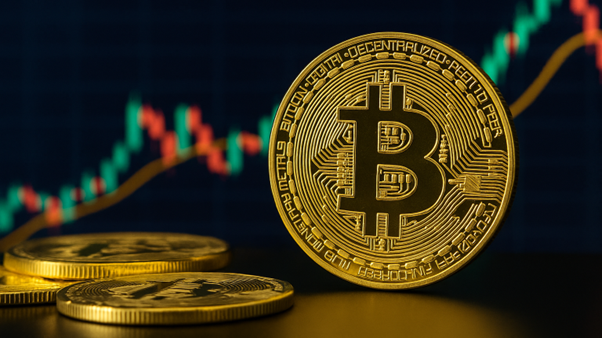Stablecoins Boost Dollar Value While Fueling Bitcoin’s Ascent

The GENIUS Act: A New Chapter in U.S. Financial Policy and Global Monetary Dynamics
Introduction to the GENIUS Act
The recent passage of the GENIUS Act signifies a pivotal moment in U.S. financial legislation, hinting at a transformative shift in the international monetary landscape. While much of the media attention has been directed toward the regulatory framework for stablecoins, the underlying narrative reveals a novel approach by the U.S. government to manage its escalating debt.
Understanding Stablecoins and Their Role
Stablecoins, which are digital currencies pegged to the U.S. dollar, are primarily supported by short-term U.S. Treasury securities. These digital assets are emerging as significant purchasers of government bonds. Notably, Tether (USTD) ranked as the seventh-largest net buyer of U.S. Treasuries in 2024. By leveraging the yield from their reserves, issuers can offer users—especially in developing regions—access to digital dollars without borders. However, the situation is not as straightforward as it seems.
The Paradox of Increased Treasury Demand
While the growing demand for Treasuries could potentially lower interest rates and enhance global dollar accessibility, it fails to tackle the core issue of the U.S. government’s unsustainable debt levels. In fact, this reliance on stablecoins could exacerbate the problem.
Historically, governments have struggled to maintain fiscal discipline, and the U.S. is no exception. As entitlement expenditures rise and deficits continue, borrowing becomes a necessary strategy. The government must not only finance essential services like healthcare and defense but also manage the increasing interest on both new and existing debts. When tax revenues fall short, the government faces limited options: increase taxes—an unpopular move—or print more money.
The Consequences of Expanding the Money Supply
This approach to expanding the money supply through debt issuance and currency creation may postpone a financial crisis, but it carries significant risks. An influx of dollars in circulation, competing for the same goods, leads to inflation, diminishing the purchasing power of consumers. This trend is evident, as the U.S. money supply has surged over 40% since the pandemic began, while consumer prices have increased by over 20%.
As this scenario unfolds, investors are likely to seek hard assets that are less susceptible to manipulation by central banks or governments. Although stablecoins may appear to be a secure option, they remain tethered to the fiat system they were designed to support. If the dollar falters, so too will stablecoins.
bitcoin: A Distinct Alternative
In contrast, bitcoin operates under a different paradigm. With a capped supply of 21 million coins and a transparent issuance schedule, it functions within a rules-based framework that is resistant to alteration by powerful entities. As awareness of these characteristics grows, more capital is expected to flow into bitcoin.
Institutional investors, including hedge funds and corporations, are beginning to recognize bitcoin not merely as a speculative asset but as a viable macro hedge and a legitimate digital reserve. BlackRock’s spot bitcoin ETF (IBIT), launched in early 2024, quickly amassed over $50 billion in assets, marking the most successful ETF debut in history. In a recent letter to shareholders, BlackRock CEO Larry Fink warned that if the U.S. fails to manage its debt effectively, it risks ceding its financial dominance to digital assets like bitcoin.
The Future of bitcoin and Financial Infrastructure
This is merely the beginning of a significant shift towards bitcoin-centric financial products and services. As adoption increases, liquidity will improve, volatility will decrease, and the ecosystem will mature. The interplay of demand and value will create a self-reinforcing cycle.
In the short term, stablecoins may bolster the dominance of the dollar. However, they are also laying the groundwork for bitcoin‘s long-term rise by onboarding users, developing infrastructure, and revealing the vulnerabilities of the fiat system they are linked to.
Conclusion: A Parallel Monetary System Emerges
With regulatory clarity advancing and discussions around a national strategic reserve evolving, the case for bitcoin has never been more compelling. What we are witnessing is not merely the rise of an alternative asset; it is the formation of a parallel monetary system, unfolding at a pace that may surprise many.
Brett Schor is the founder of humbl, a new initiative aimed at enhancing bitcoin literacy in Israel.







